Many students with good grades, high SAT scores, and an extensive list of extracurriculars apply for scholarships every year. However, in order to stand out from the rest of your competition, you need a resume with a strong cover letter for scholarships.
To write a student cover letter, you may need the help of a professor, family, or guidance counselor. This will ensure that your cover letter for a scholarship highlights not only your academic achievements but also your strongest skills and talents. It’s critical that you put your best foot forward.
So, how do you create an impressive cover letter for a scholarship? Well, let us dive right in.
Tips to Create Cover Letter for Scholarships
In order for your scholarship application to stand out from the rest, you need to tell a compelling story to the scholarship committee. Therefore, you must use every word carefully when explaining your motivations, accomplishments, and challenges in life.
No matter what type of scholarship you apply for, all cover letter examples for students follow a standard format. So, follow the following steps to write the best cover letter for a scholarship you can.
Tip #1 – Adhere to the Structure
It can be a real challenge to sell yourself to the scholarship committee. Therefore, if you are struggling to start or write a cover letter for a scholarship, knowing the overall outline can help. The structure or format of a student cover letter consists of six main components, which are:
- Personal information – contains your full name, address (if you choose to share), and other contact information, including email address and phone number
- Salutation – always start by addressing “Scholarship Committee” or “Dear Sir/Madam” if you know the name of the specific person responsible for making a decision.
- Opening paragraph – this section must include a summary of your career goals and plans.
- Body – the body must provide details about your educational background, work experience, previous awards and honors, volunteer experience, etc. This section can be two to three paragraphs: one about your academics, and one about your work experience/skills/volunteering experience. The last paragraph must curtail how a scholarship is going to help you achieve your career goals.
- Closing with a call to action – thank the scholarship committee for considering your application, followed by a call to action such as “if you need further information, please feel free to contact me,” etc.
- Sign-off – end the closing letter with “sincerely,” “kind regards,” or “best regards.”
Tip #2 – Be Concise
The idea of a cover letter for scholarships is to give committees an overview of your entire academic journey, motivations, and life from your point of view. However, it does not mean that you have to tell your entire life story—and you’ll definitely want to avoid restating the information that you’ve already written in your resume itself. Keep your cover letter concise by only highlighting a couple of relevant events to your college admission, career goals, and scholarship, and focus on communicating your personal voice.
Therefore, your cover letter for a scholarship must include the following information.
- You must start by giving an overview of your academic self and what your strengths are
- You must demonstrate your academic history and help the scholarship committee see why they should award you the scholarship
- Do not forget to convey your future goals while sounding enthusiastic about the scholarship
- State how you plan to use your scholarship
If you are unsure how to showcase your skills or what your strengths are, take the Empowerly Quiz. This small quiz will evaluate your academic background, work, and volunteer experiences to give you a score. If you sign up to receive your Empowerly Score, your test results will also highlight the strengths that you can use on your resume and cover letter for scholarships.
Tip #3 – Customizing your Cover Letter for Scholarships
As you write a student cover letter, it is the little touch of personalization that will make it unique. Just imagine scholarship committee members coming across a cover letter amongst the pile and finding one that is thoughtful and personalized rather than sounding generic.
The best way to customize your cover letter for a scholarship is to write an introductory paragraph that includes information relevant to that scholarship in particular. Tailoring your cover letter’s body will give your application a better chance of approval as well.
However, the criteria to grant scholarships vary widely. Partnering with Empowerly can help you gain access to guidance, career counseling, and expert advice that will help you make the most of your cover letters and resumes.
Know Your Strengths with Empowerly
Applying for a scholarship is a big challenge. However, having a professional guide or counselor on your side can help you improve your chances of approval. Why not consult with Empowerly?
Register as an Empowerly student and learn about your best skills and strong suits that you can highlight in your cover letter for scholarships. The Empowerly Score is only available to students in the Empowerly Portal — it’s a separate form and result process that gives you a detailed report. Speak to us to learn more about these resources today!
